If you’re planning a first visit to the Azores, the main island of Sao Miguel will provide the perfect introduction to Azorean culture…
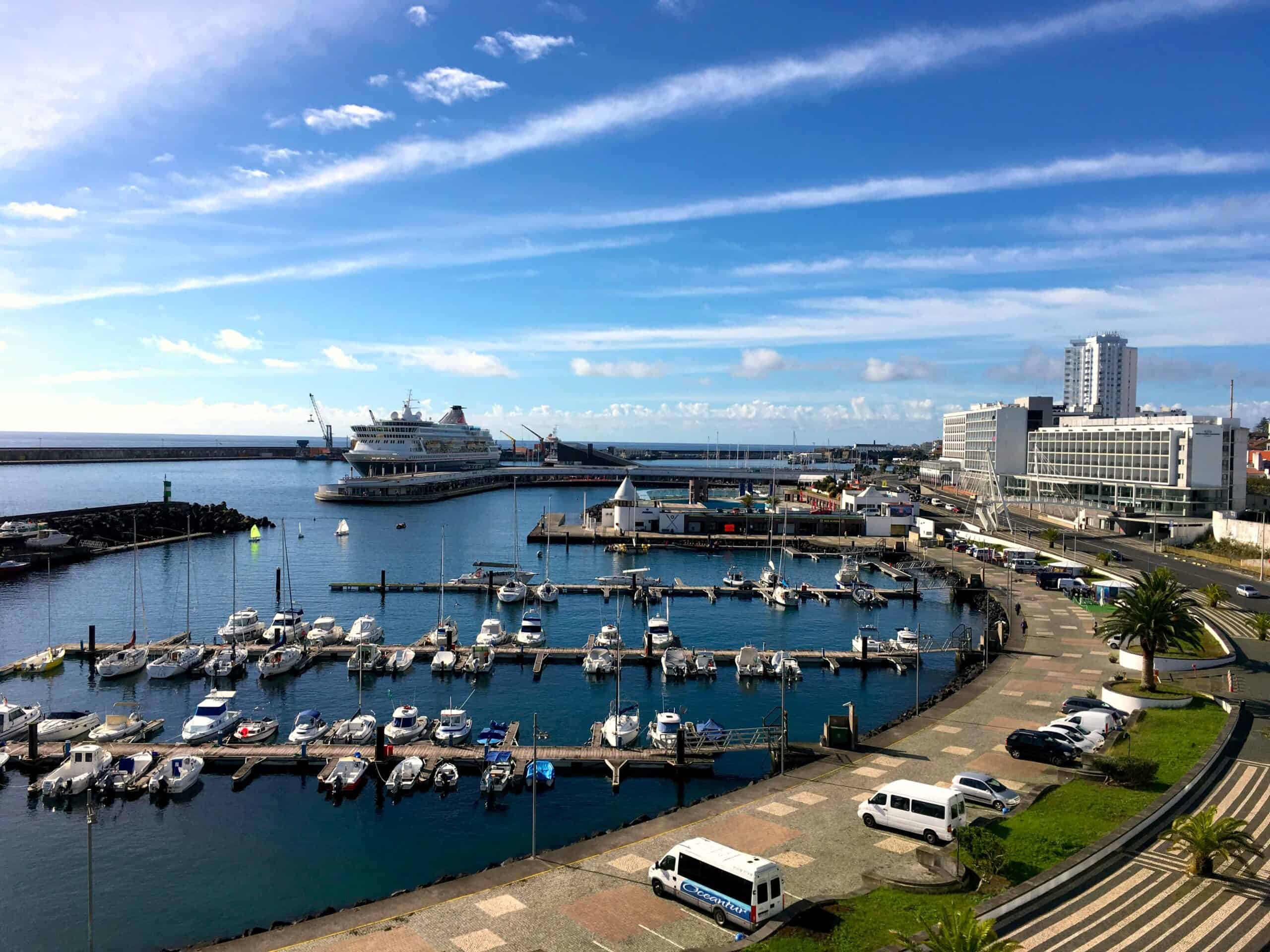 Being the largest island in the Azores, there’s the most to see and do on Sao Miguel – particularly for couples and active families who enjoy kayaking, paddleboarding, diving, surfing, canyoning, coasteering, sailing, hiking and biking.
Being the largest island in the Azores, there’s the most to see and do on Sao Miguel – particularly for couples and active families who enjoy kayaking, paddleboarding, diving, surfing, canyoning, coasteering, sailing, hiking and biking.
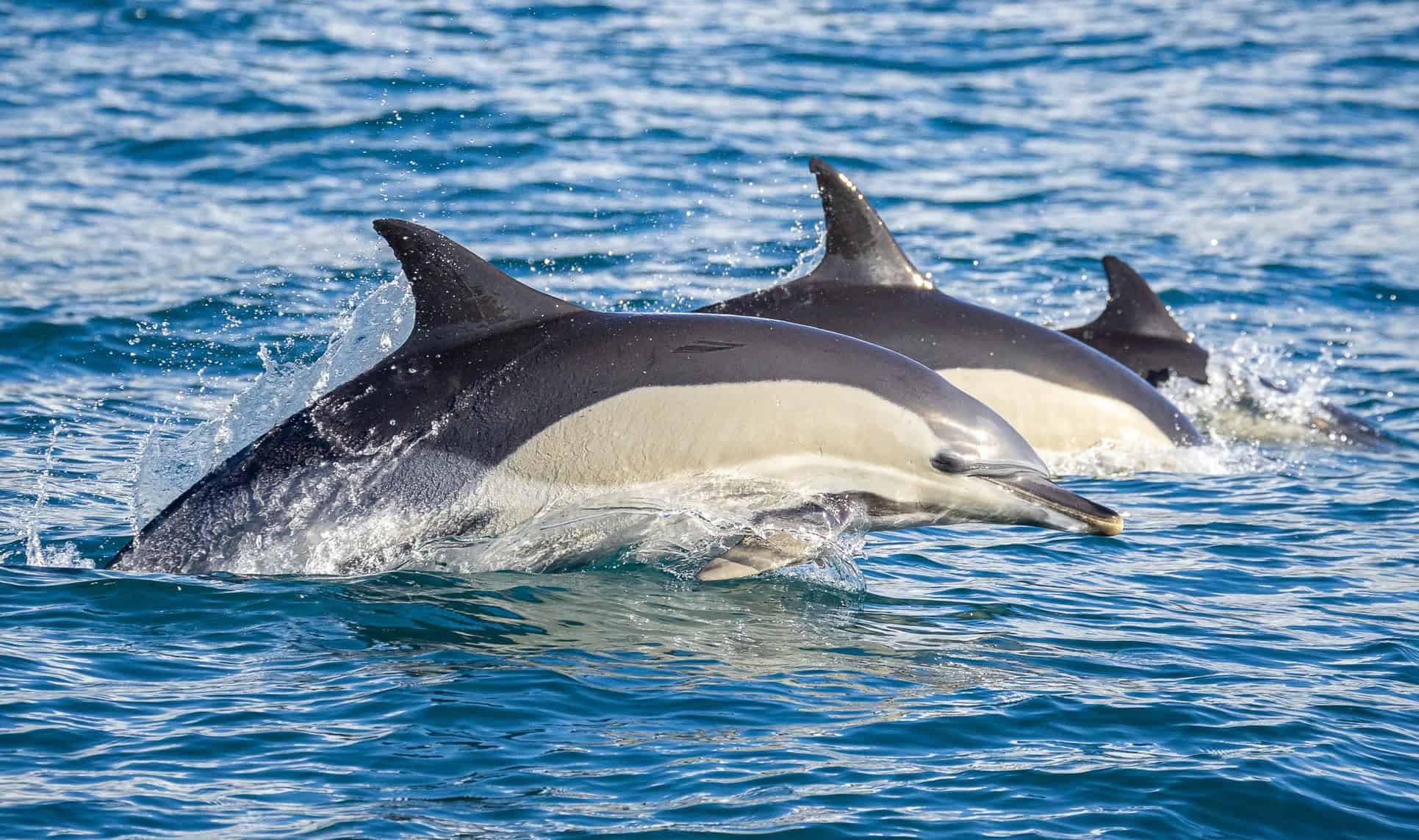 The Azores are also Europe’s number one destination for whale and dolphin watching – whether you’re looking for a dedicated week focussing on sealife or if you’d simply like to add a day-trip to your stay, and we work with some of the best crews in the Azores.
The Azores are also Europe’s number one destination for whale and dolphin watching – whether you’re looking for a dedicated week focussing on sealife or if you’d simply like to add a day-trip to your stay, and we work with some of the best crews in the Azores.
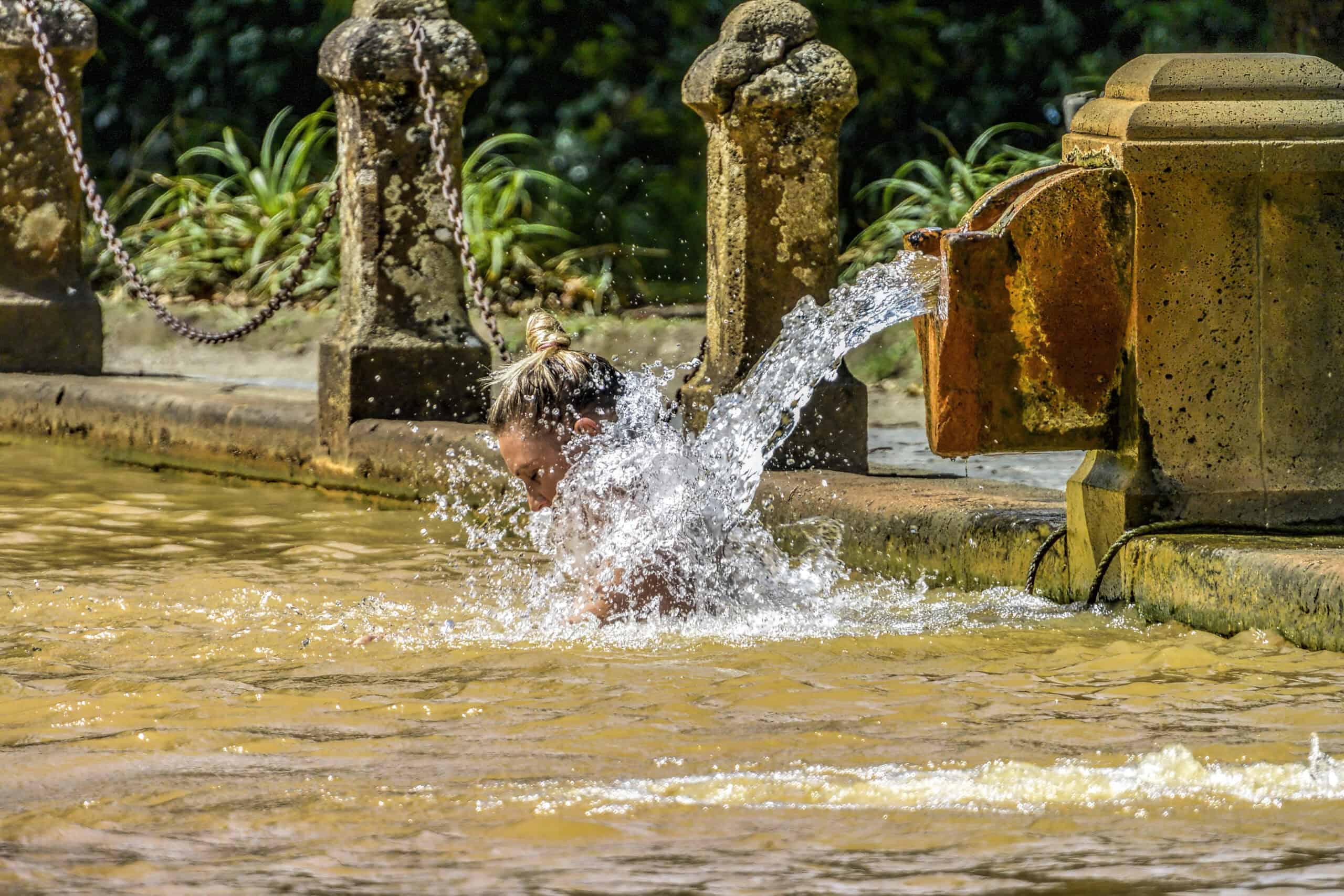 Sao Miguel is one of the more-obviously volcanic islands in the archipelago, particularly in the east at Furnas. Furnas is one of the island’s oldest calderas, roughly 100,000 years, with over thirty geysers and mineral-rich springs dotted in and around the caldera. The naturally-hot earth, bubbling aquifers and wild aloe vera creates a giddy-mix of aromas – nowhere more so than at the 200-year-old Parque Terra Nostra: the semi-tropical home of Sao Miguel’s most-famous hot springs and geothermal swimming pools.
Sao Miguel is one of the more-obviously volcanic islands in the archipelago, particularly in the east at Furnas. Furnas is one of the island’s oldest calderas, roughly 100,000 years, with over thirty geysers and mineral-rich springs dotted in and around the caldera. The naturally-hot earth, bubbling aquifers and wild aloe vera creates a giddy-mix of aromas – nowhere more so than at the 200-year-old Parque Terra Nostra: the semi-tropical home of Sao Miguel’s most-famous hot springs and geothermal swimming pools.
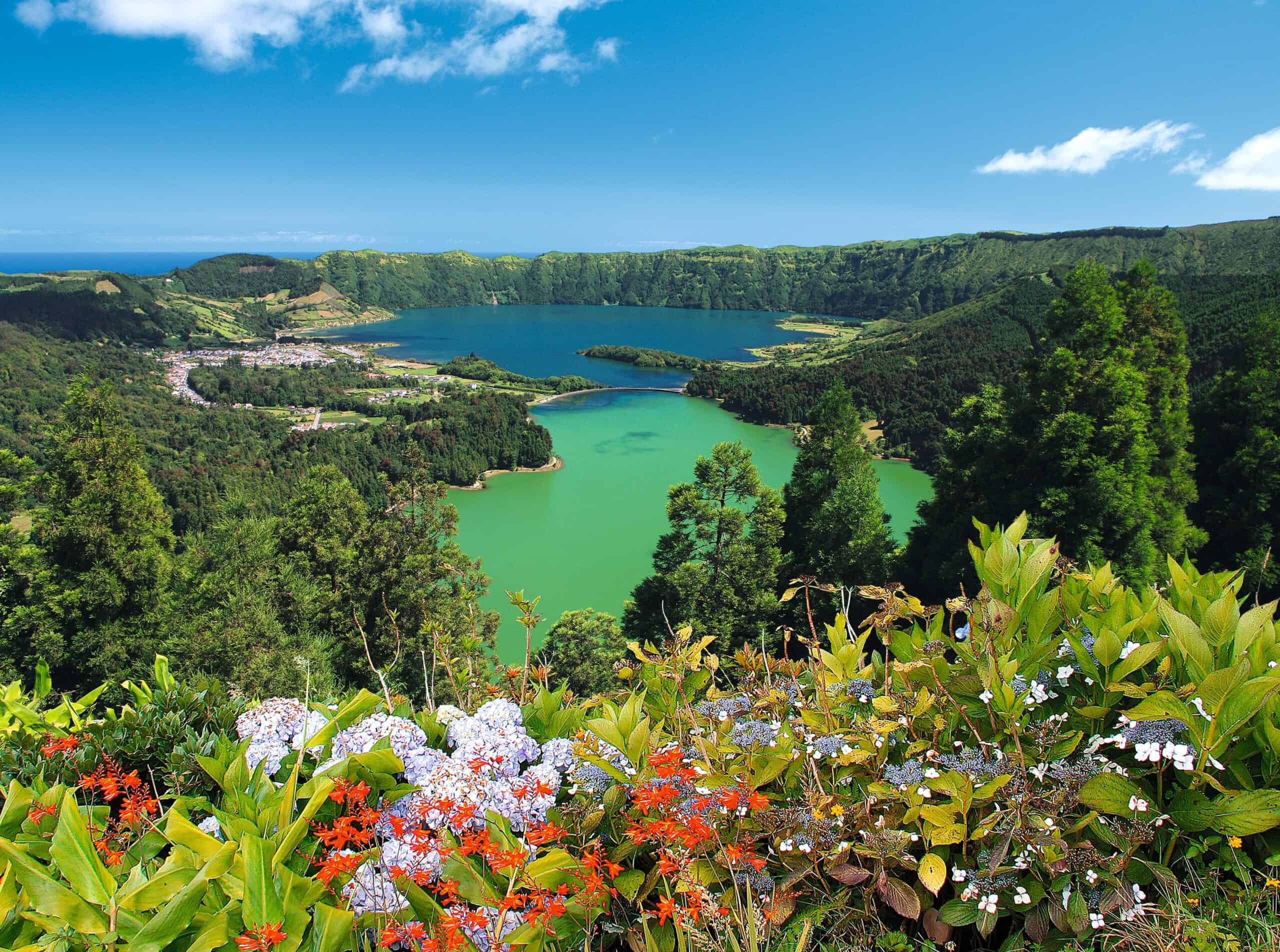 Sete Cidades is to the west – a must-see destination for most visitors to the islands, The ‘Seven Cities’ volcano forms the western extreme of Sao Miguel and its extraordinary natural beauty is best viewed from Vista do Rei: the Kings Viewpoint, which was named in honour of Don Carlos and Dona Amelia, the last queen of Portugal. The village of Sete Cidades sits in the base of the crater, on the shores of the twin lakes of Lagoa Verde (the green lake) and Lagoa Azul (the blue). According to legend, the lakes were formed by the tears of a blue-eyed princess who was parted from her green-eyed shepherd lover by her father, the king.
Sete Cidades is to the west – a must-see destination for most visitors to the islands, The ‘Seven Cities’ volcano forms the western extreme of Sao Miguel and its extraordinary natural beauty is best viewed from Vista do Rei: the Kings Viewpoint, which was named in honour of Don Carlos and Dona Amelia, the last queen of Portugal. The village of Sete Cidades sits in the base of the crater, on the shores of the twin lakes of Lagoa Verde (the green lake) and Lagoa Azul (the blue). According to legend, the lakes were formed by the tears of a blue-eyed princess who was parted from her green-eyed shepherd lover by her father, the king.
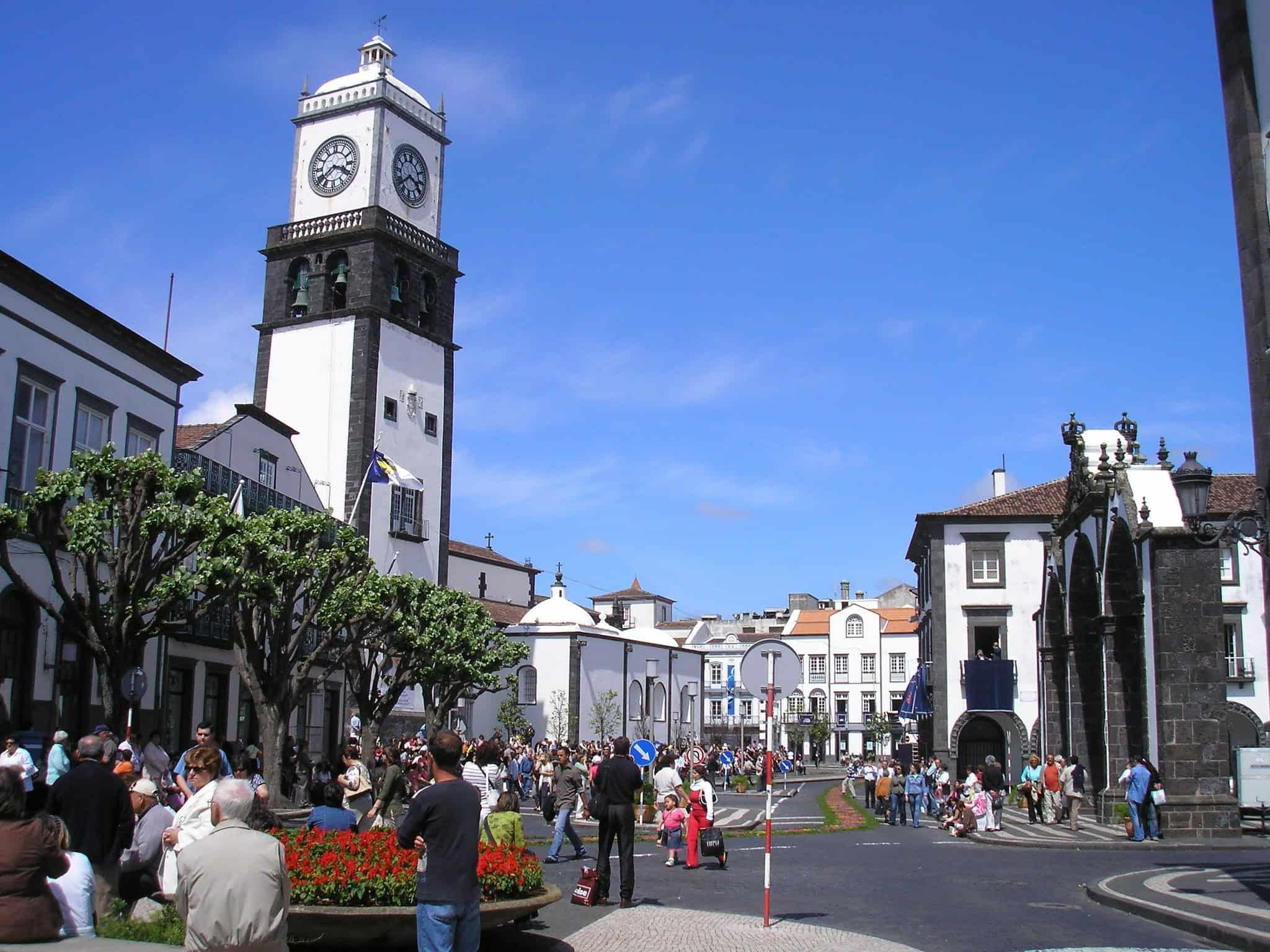 The capital Ponta Delgada sits in between. It’s a friendly, welcoming city where everything is accessible on foot, including many of the island’s best restaurants. It’s also the Azorean city that’s best-connected to the outside world, with direct seasonal flights from the UK, daily direct flights from Boston and Lisbon, and direct flights most days from Toronto.
The capital Ponta Delgada sits in between. It’s a friendly, welcoming city where everything is accessible on foot, including many of the island’s best restaurants. It’s also the Azorean city that’s best-connected to the outside world, with direct seasonal flights from the UK, daily direct flights from Boston and Lisbon, and direct flights most days from Toronto.
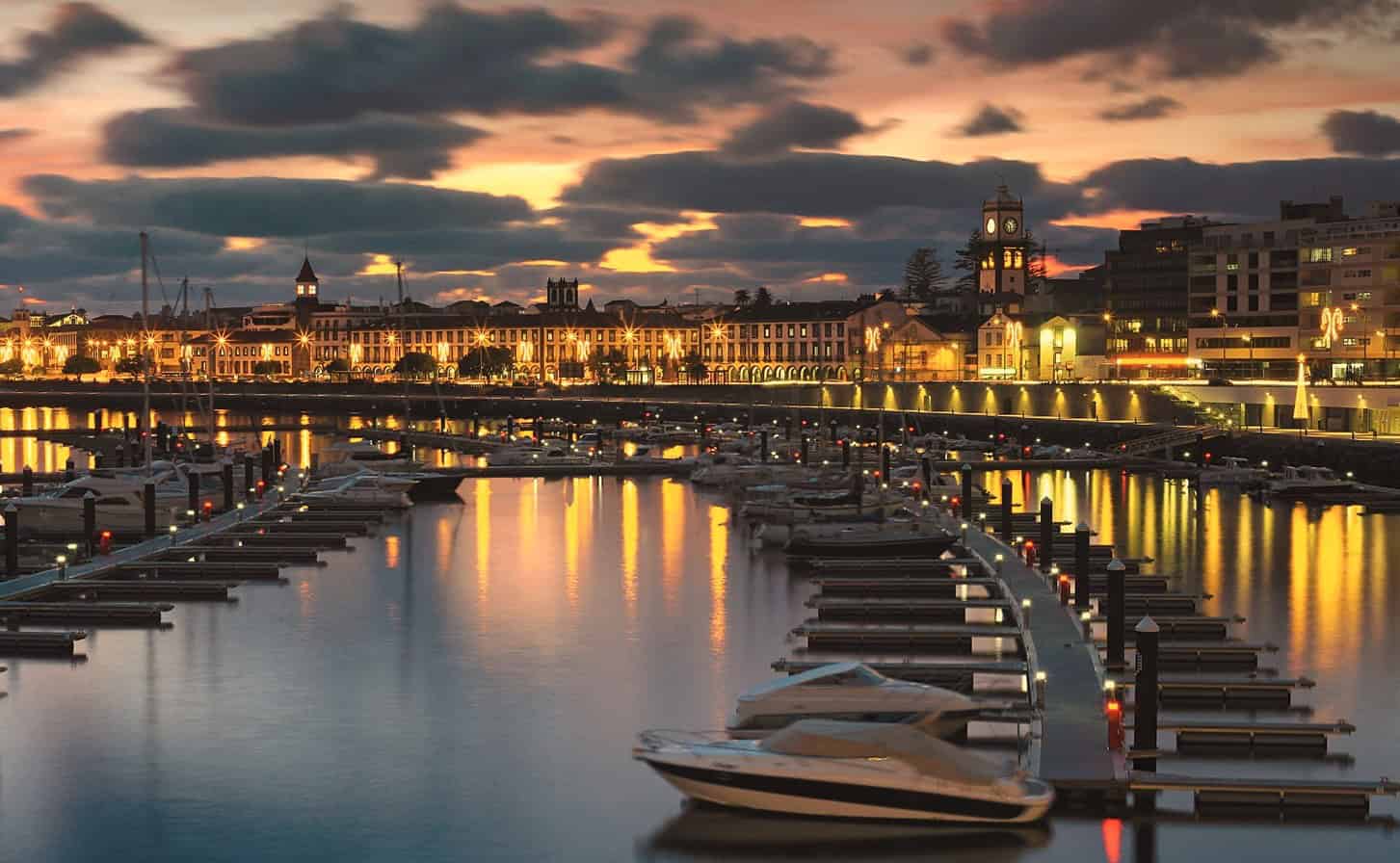









Follow us online